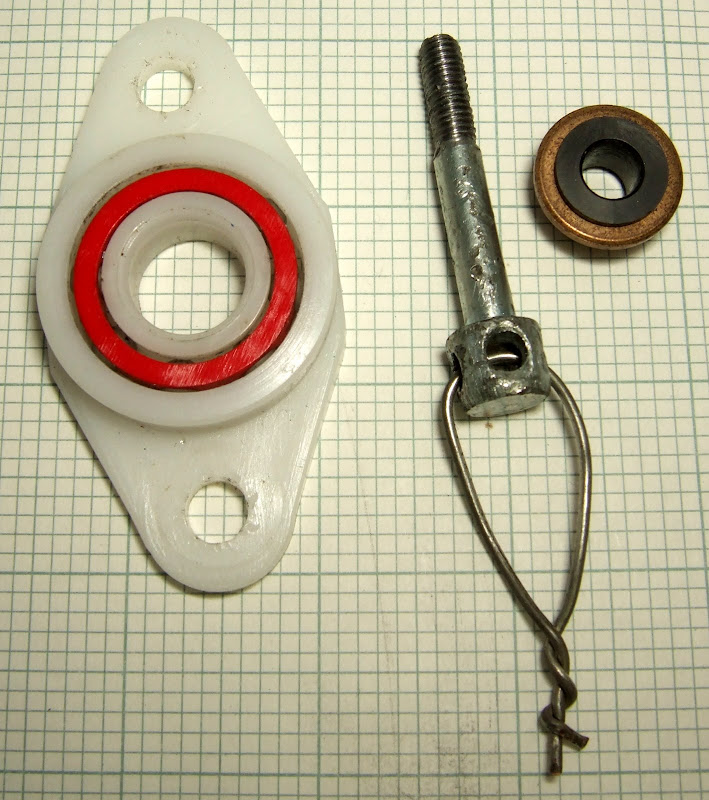This is my take on it: -

The uprights are 15x15mm aluminium angle. The beam across the top is a piece of 20x10mm channel. The bearing is a standard ball bearing and I reduced its internal diameter with a couple of bushes I had lying around. I then used a bolt with holes through the head as an axle. I found it in the road while I was on a walk wondering what to use. That is the third piece of HydraRaptor that I have picked up in the street.

The baskets are £4.21 in B&Q and have a plate in the bottom with a central hole just right for feeding the filament through. As the machine pulls the filament from the centre of the reel, the basket rotates to prevent it becoming twisted.
It works very well and has the advantage I can buy as many baskets as I have plastics and just take them on an off as needed.
It also allows the filament to rotate in the extruder but ironically, since I tweaked my extruder, PLA no longer feels the need to rotate. Presumably it rotates if the friction between the screw and the plastic is higher than between the plastic and the filament guide. I think that gives a clue to which of my tweaks made all the difference in reducing the extruder torque needed. I think it was adding the washers to space the top of the pump apart so that the screw bites in progressively and sharpening the screw thread.




